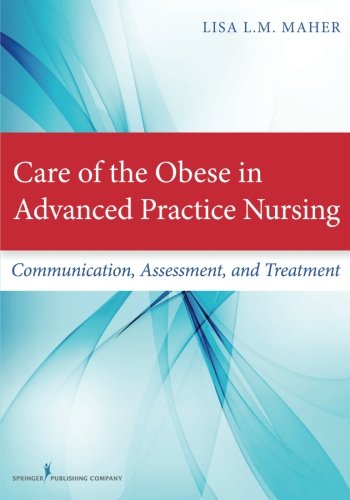

Most ebook files are in PDF format, so you can easily read them using various software such as Foxit Reader or directly on the Google Chrome browser.
Some ebook files are released by publishers in other formats such as .awz, .mobi, .epub, .fb2, etc. You may need to install specific software to read these formats on mobile/PC, such as Calibre.
Please read the tutorial at this link: https://ebookbell.com/faq
We offer FREE conversion to the popular formats you request; however, this may take some time. Therefore, right after payment, please email us, and we will try to provide the service as quickly as possible.
For some exceptional file formats or broken links (if any), please refrain from opening any disputes. Instead, email us first, and we will try to assist within a maximum of 6 hours.
EbookBell Team

0.0
0 reviewsThis book is the first resource to give the APN the practical tools with which to communicate, assess, and treat obese patients. Designed to help APNseasily broach an uncomfortable topic, the book walks practitioners through the exam, providing tips on effective communication, understanding lifestyleconstraints, and working with the patient to improve his or her condition without shame. Emphasizing multidisciplinary approaches and evidence-basedtreatment, the book addresses prevention, provider recognition, and treatment of adult and pediatric obesity with the goal of improving overall quality oflife.
This resource offers practical information on diet and exercise to foster healthy weight loss along with psychological, pharmacological, and surgicalrecommendations. Effective tips on all facets of working with obese patients, bolstered with real-life examples that provide the patient’s perspective,will help APNs understand and provide high-quality care to these vulnerable patients. Additionally, the book includes substantial information oncomorbidities, which add to the complexity of obesity treatment. Chapters address current trends and causes of obesity; communication “dos” and “don’ts”;the technical aspects of obesity, including genetics and pathophysiology; treatment of addiction and eating disorders; assessment from the APN point ofview; disease management; pharmacological, surgical, and medical management; and costs and insurance coverage. Tools that can be used to enhance clinicalpractice are featured in the Appendices.
KEY FEATURES: